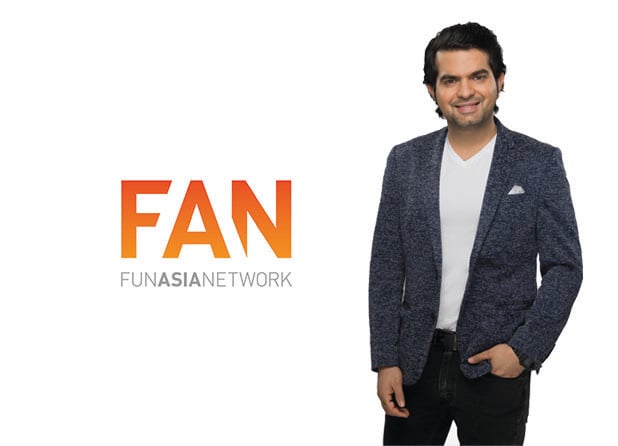
How have listening habits changed in the last year, and will those changes persist?
In 2020 we saw a significant shift in listening habits; listeners moved listening habits away from the drive-time shows and this was primarily due to decreased commutes and work-from-home policies. We also witnessed a shift from where audiences consume radio with a definite increase in listening at home, via apps and other platforms. However, with the return of fixed work placements, we’re now seeing growth in the drive shows and a gradual return to usual listening habits.
How does radio fit in with other audio channels, and what does this mean to brands?
Besides its conventional mode of listenership, most radio stations are streaming, so if the content is of relevance, listeners can also relisten or catch up on missed content through streaming platforms, which are available on the majority of on smartphones, tablets and online. Radio, however, is still the dominating medium in the UAE, giving much greater reach and value for money to advertisers.
What advice would you give to marketers wanting to develop their radio advertising?
Our team has a wide range of marketing experience that can help advertisers create effective campaigns based on their product positioning and marketing objectives.
How are technology and innovation changing radio as a marketing channel?
Radio and technology go hand in hand and brand messages can be easily integrated and synchronised across platforms. For instance, FAN has converted audio to visual through the integration of our OTT app, which allows advertisers to reach audiences not only through the use of radio but also through audiovisual commercials (for example, TV ads) on the app. Technology supports radio and can offer a diverse range of real-time options for advertisers.









